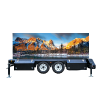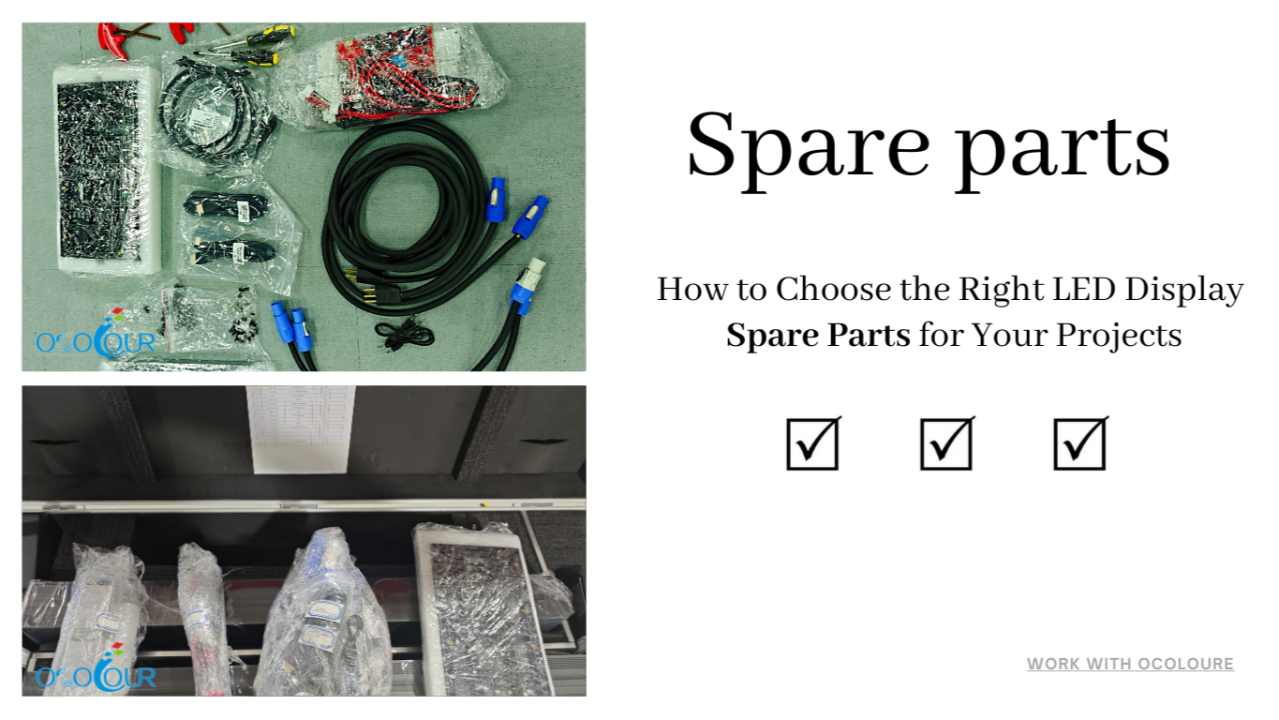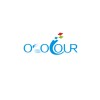

Spare Parts for LED Screens: The Small Detail That Makes a Big Difference

In the LED display industry, one of the first questions project managers or clients ask is: “How many LED display spare parts should we prepare?”
Having worked on numerous LED screen projects, Ocolour can confidently say that preparing around 5% spare parts for LED screens is considered the industry standard. This ratio balances cost, risk, and project continuity. Of course, specific projects may require adjustments depending on use case, environment, and operational risk.
🔧 What Are LED Display Spare Parts?
A complete spare parts package for LED screens goes beyond just extra LED modules. A well-prepared kit typically includes:
- LED modules, sometimes with extra LED chips and ICs if repair is feasible
- Receiving cards
- Power supplies
- Cables, connectors, and screws
- Masks and mask screws (especially for outdoor screens or covered modules)
The main purpose of LED display spare parts is to allow rapid emergency repair. When a module or component fails, having spares ready ensures that downtime is minimized, events run smoothly, and customer expectations are met.
📊 Why 5% Spare Parts Works
1️⃣ Failure Probability Even with high-quality LED modules, long hours of operation can lead to dead pixels, IC faults, unstable power, or loose connections. Industry data shows a 2–5% failure rate, meaning that a 5% spare parts stock usually covers most operational needs.
2️⃣ Emergency Repairs In high-profile scenarios such as concerts, exhibitions, product launches, or traffic guidance LED screens, failures must be fixed within minutes. With the right spare parts for LED screens, technicians can replace faulty components immediately, preventing event disruption.
3️⃣ Supply Chain Risks The LED display industry is fast-moving. New models are frequently released, production batches vary, and older LED modules may become unavailable. Without sufficient spares, replacement may require incompatible modules, causing color mismatch or uneven brightness, which impacts visual quality.
4️⃣ Cost vs. Risk Balance
- Too few spares → higher risk, delayed maintenance, and potential project failure
- Too many spares → higher inventory costs and light decay over time (5–10% after 2+ years) The 5% spare parts guideline offers a balanced approach for most projects, providing project security while controlling costs.
5️⃣ Special Considerations
- Rental screens, interactive displays, and LED floor panels experience higher wear and tear, so a higher spare ratio may be justified
- International shipments may involve high import duties, so ordering extra spares during the initial purchase helps avoid additional costs later
- Environmental factors such as high humidity, temperature, or dust in outdoor applications may also increase failure rates and influence spare parts planning
📦 Storage and Maintenance
The value of LED display spare parts depends on proper storage and maintenance:
- Keep spares in cool, dry, dust-free conditions
- Use anti-static packaging to prevent component damage
- Avoid direct sunlight to reduce LED light decay
- Implement a first-in, first-out (FIFO) strategy to prevent long-term storage from turning useful spares into ineffective inventory
Regular checks and maintenance ensure that LED modules and other spare components remain in optimal condition for emergency use.
🚀 Conclusion
Small details, like planning LED display spare parts, can make the difference between a project running smoothly or facing unexpected delays. By preparing the right amount of spares, storing them properly, and considering factors such as failure probability, supply chain risks, and emergency repair requirements, you ensure that your LED screens remain reliable, events run without interruption, and maintenance costs stay manageable.
Investing in well-planned spare parts for LED screens is not just a precaution—it is a strategic choice for long-term success.

